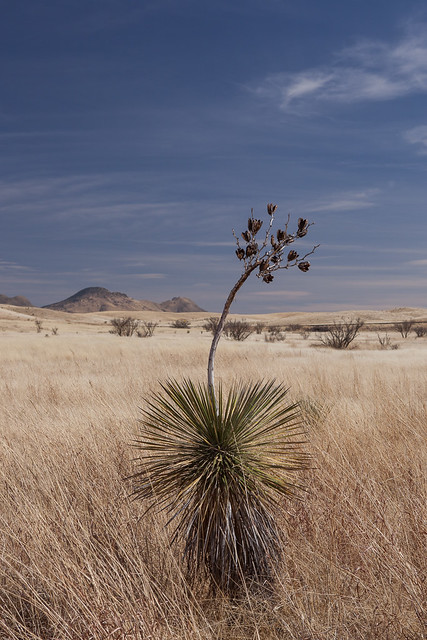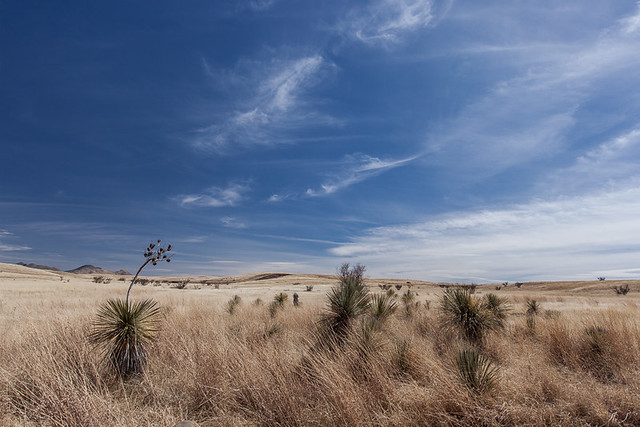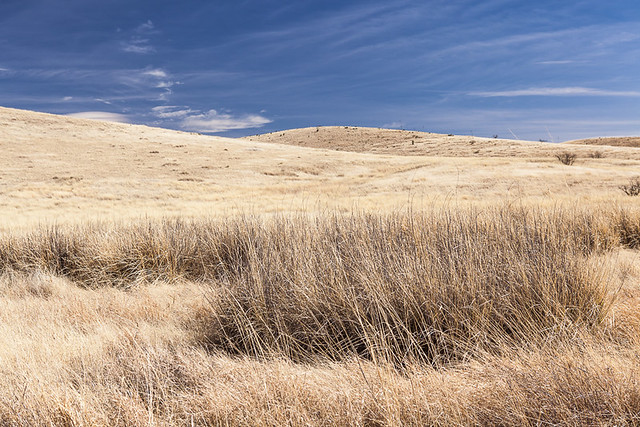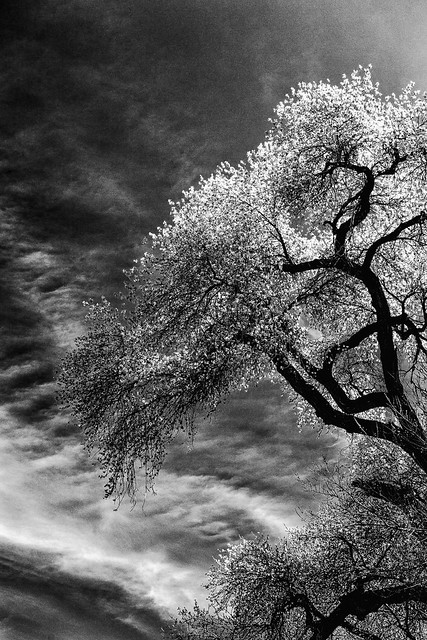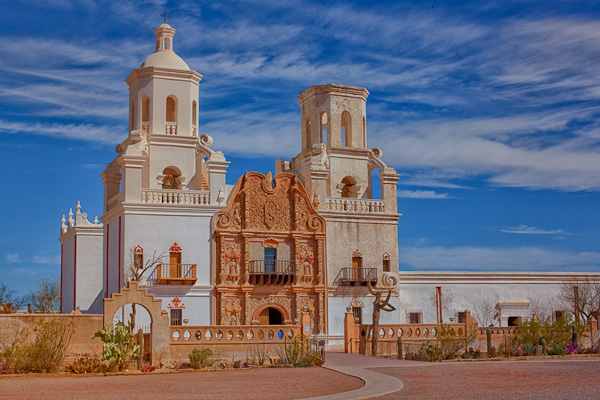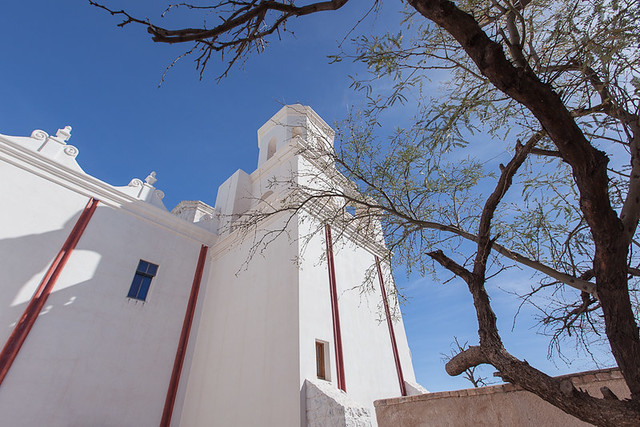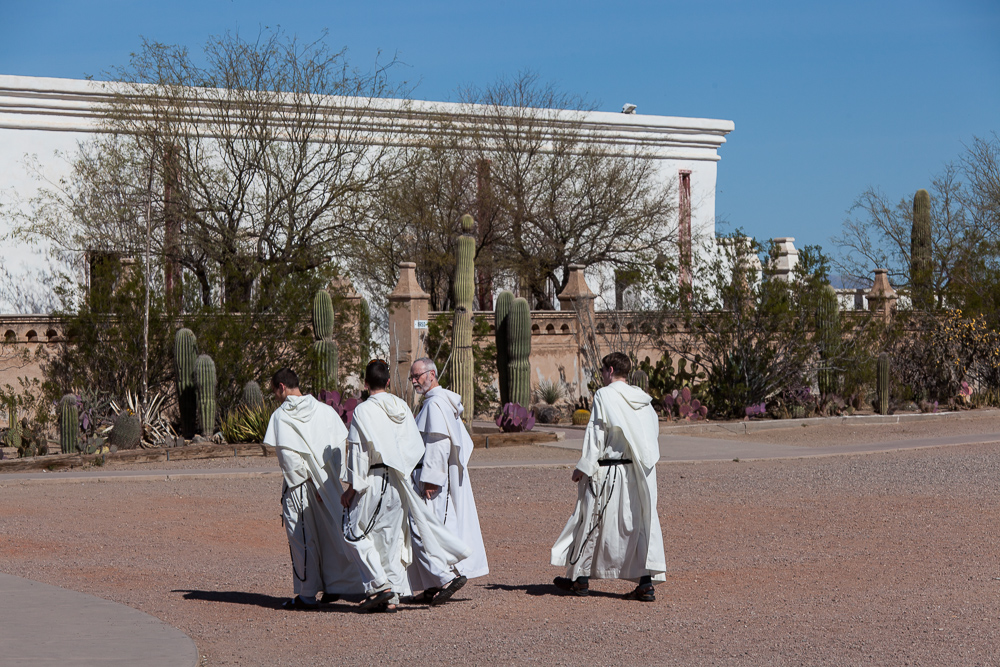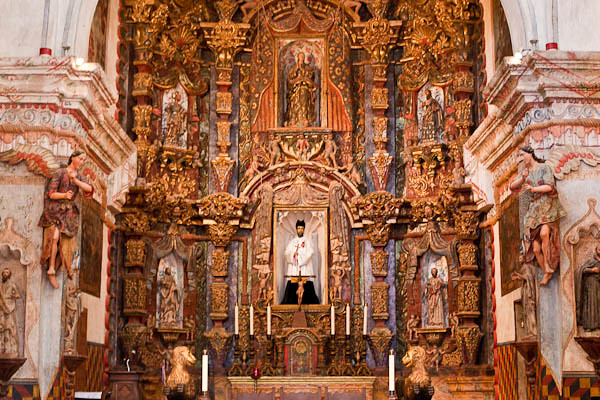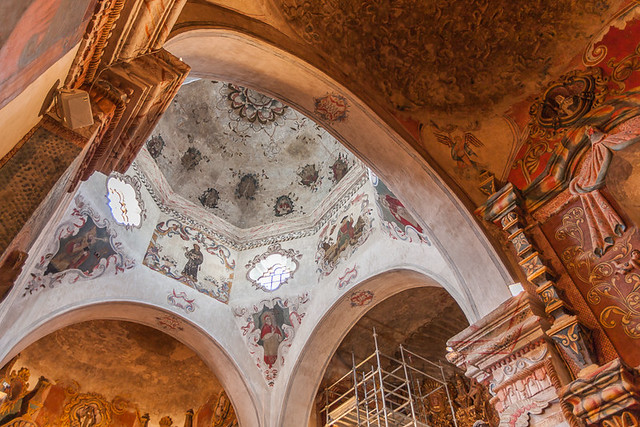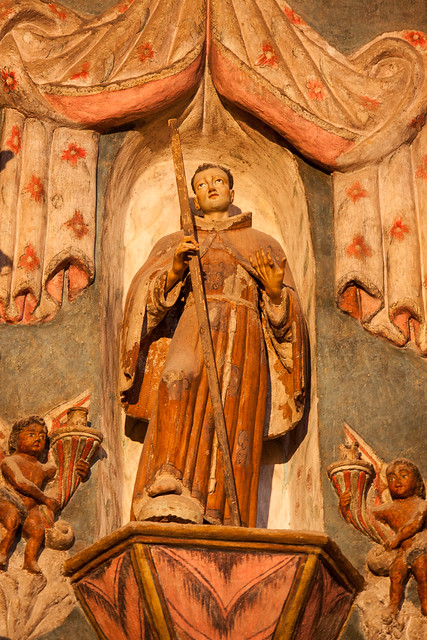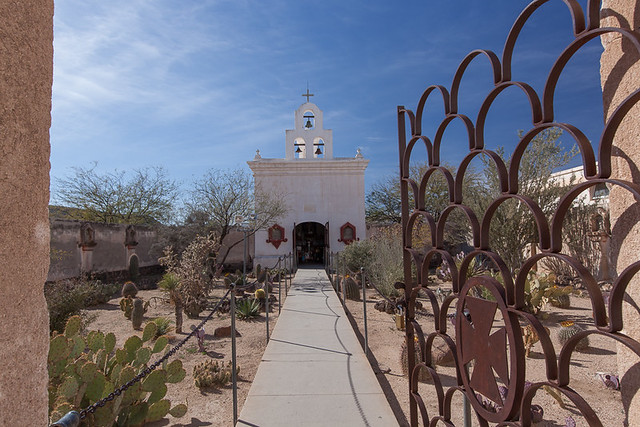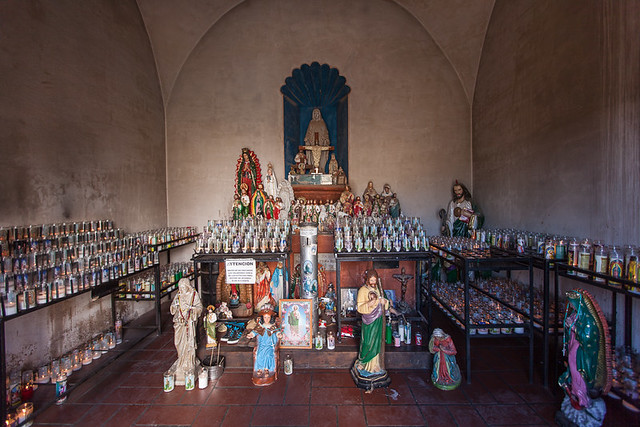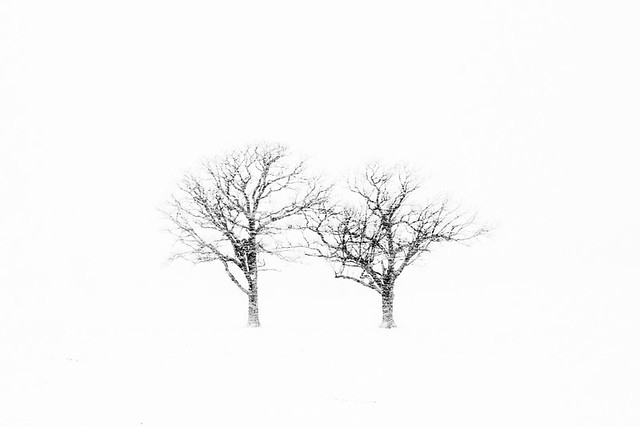The Cienegas National Conservation Area is a unique high desert habitat. It includes five of the rarest habitat types in the American Southwest: cienegas (marshes in an arid land), cottonwood and willow riparian areas, sacaton grasslands, mesquite bosques, and semi-desert grasslands.
The land is in a transitional zone between the Sonoran Desert and the Chihuahuan Desert, and located about 50 miles south of Tucson. It is a mixed use area – conservation work are cattle ranching are done side by side. And yes, it works.
45,000 acres of land are now protected from what was once a future of housing developments and other commercial use. The ranchers work the ranch, the conservationists work to reclaim some of the grasslands that transitioned into a mesquite bosque. Hikers, horseback riders, campers all intermingle with the ranchers — not that too many people actually see each other in this spacious land.
The not for profit Empire Ranch Foundation is dedicated to preserving the historic ranch buildings and surrounding landscape. (Ranch photos coming in next series.)
